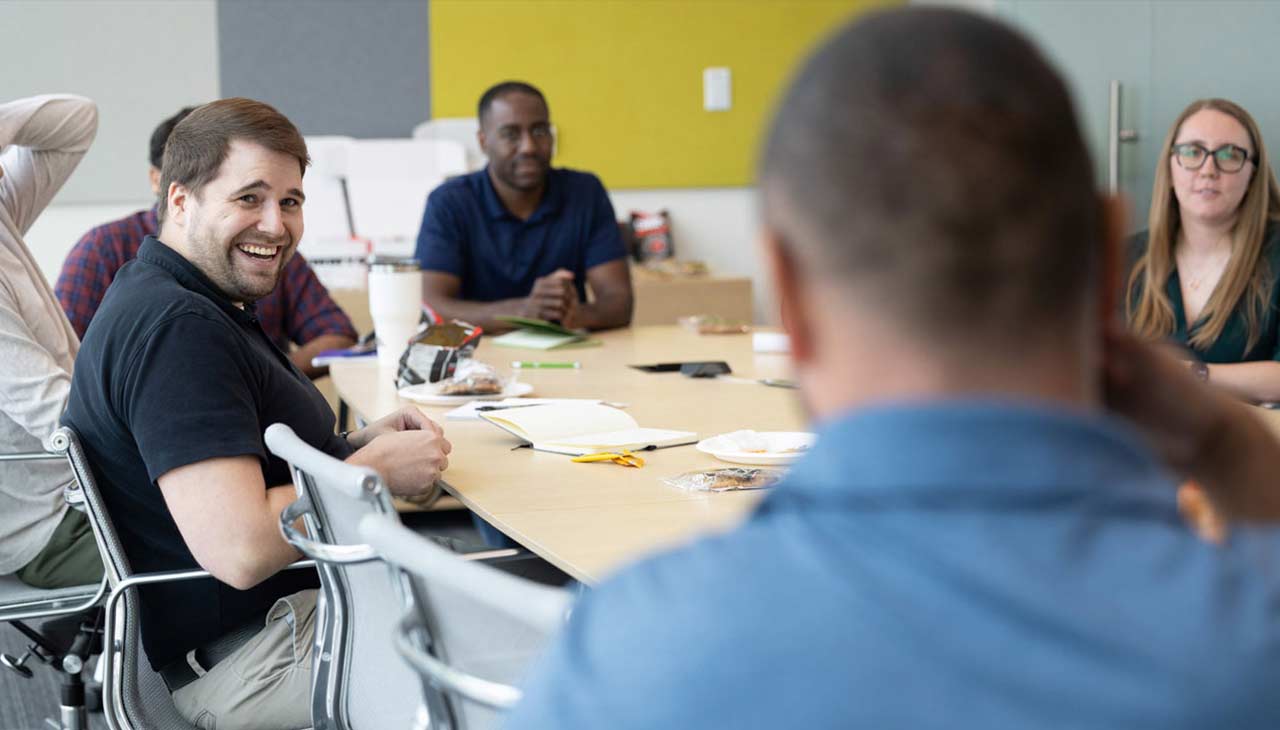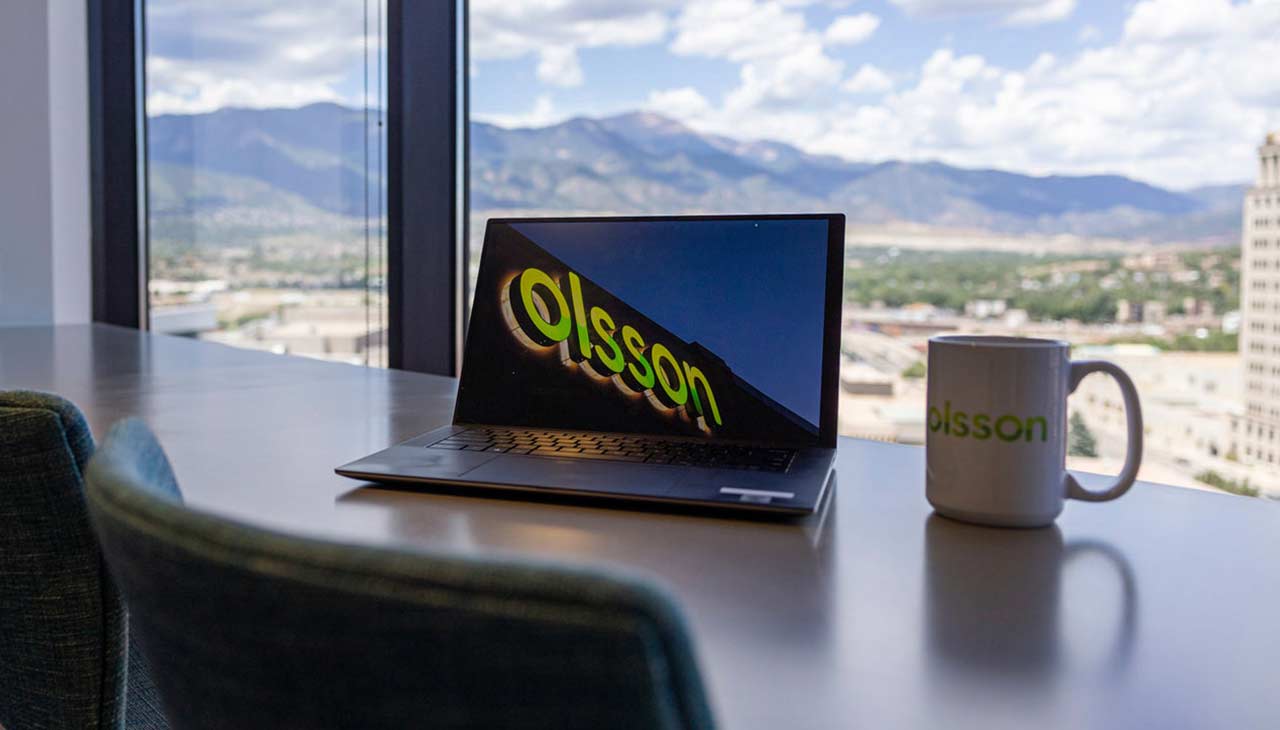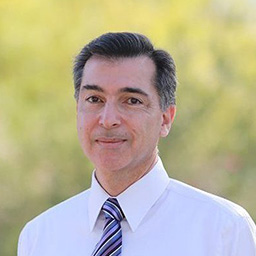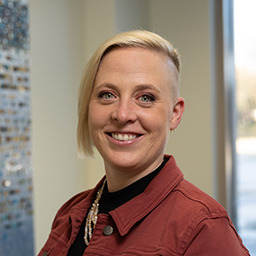When the COVID-19 pandemic shut down schools and businesses, people in rural communities suddenly realized they needed faster internet speeds to learn and work.
But this wasn’t an aha! moment for internet providers.
“I’ve been a strong believer that people in small communities need to have better, faster internet service, and the COVID-19 pandemic just blew that up,” said Mark Liljehorn, director of sales and marketing for USA Communications, an Internet provider based in Kearney, Nebraska.
“People who live in bigger cities take for granted some of the things that are not possible for those who live in smaller communities or rural areas. Why should choosing a certain style of life keep you from doing your job, learning at school, or getting access to healthcare? We used this as an opportunity to provide better coverage to rural areas.”
Officials from the community of Atkinson, Nebraska, recognized their internet network needed an upgrade. Atkinson is a community of 1,200 people located in the north-central part of the state.
Olsson serves as engineering representative for USA Communications, which is how we learned Atkinson didn’t meet federal standards of providing internet speeds of 25 megabytes download/3 megabytes upload.
Joe Johnson, our business development leader for Nebraska, knew USA Communications was looking to expand its footprint in Nebraska by deploying a fiber optic cable for areas in need of an internet upgrade. So, Joe connected the dots.
“We have long-standing relationships with Atkinson, and USA Communications’ mission aligns with the type of company we want to work with,” Joe said. “We want to be involved with this type of company that is committed to helping improve the quality of life for communities.”
Atkinson qualified for federal funds to build a fiber network through the Coronavirus Aid, Relief, and Economic Security (CARES) Act of 2020. A portion of CARES Act funding was distributed to states to improve bandwidth in rural areas after people were confined to their homes because of COVID-19.
Nebraska was given $40 million to assist communities that were under the 25 megabytes download/3 megabytes upload standard.
“Before the pandemic, the load rural communities were putting on a network was minimal,” said Ryan Meints, a design associate for Olsson’s Nebraska Traffic and Technology team. “People would get off work and there would be an initial rush when everyone jumped online, but then usage would taper off throughout the evening. Once the pandemic hit, people were working at home all day and it put a bottleneck on communities because rural networks were not built to handle all the connections at once.”
Most rural internet service is delivered through the telephone line, and customers are fortunate to get 3 megabytes download/1 megabyte upload speeds. Coax cable, delivered via a cable television provider, can deliver much higher speeds (150 megabytes download/100 megabytes upload), but speeds slow down quickly the more users go online.
Delivering fiber to rural communities not only provides consistently higher speeds but can easily be upgraded as demand grows.
“We have not reached the capacity limits of fiber yet, meaning that there will quickly come a day when we stop paying a fee and pay for what we use,” Joe said. “Fiber seems to be the technology that will deliver this.”
We approached USA Communications about doing a feasibility study to see if it makes financial sense to provide fiber to Atkinson. These feasibility studies also provide a high-level design and an estimate of the cost involved.
Once the study was completed, Atkinson and USA Communications agreed to go forward with the fiber-to-the-home project. Atkinson was approved for funding in August with the caveat that the project must be completed by the end of the year.
Olsson’s Telecommunications team jumped into action.
“We got the notice to proceed on Monday and started on Tuesday,” Ryan said.
Our team took a systematic approach to the design and provided the city with a detailed set of construction plans.
Even with a tight schedule, we went the extra mile to design a functional fiber network that could serve every home and business in the city.
While they were designing the network and plotting out the most efficient locations for the fiber, our team members visited every single house and business in town to figure out the best place to bury the fiber cable. Four members of the Telecommunication team – Todd Havlat, Spencer Sebek, Parker Ackland, and Ryan Sattler – traveled on foot throughout the city to plot the exact places to connect the fiber to homes.
The team took advantage of images from Google Earth’s street view but took things a step further. Ryan Sattler drove down every street and every alley taking video of what he saw with a 360-degree camera. He then uploaded the footage to Google’s street view to give the team the most accurate picture of the city.
“Because of the work we did, we were able to make our design after taking just one trip out to Atkinson,” said Ryan Klug, the project manager for Olsson. “If we needed to see anything, we could check out the street view. The cost to do this is pretty minimal.”
Construction was completed in time to meet the state’s deadline, and the community immediately embraced the new internet service.
“After the system was built, we had so many people reach out and sign up for service, and we’re trying to get everyone connected as fast as we can,” Mark said. “Atkinson was an amazing community to work with and they really needed better, faster internet service, and we were happy to partner with Olsson to bring it to them.”
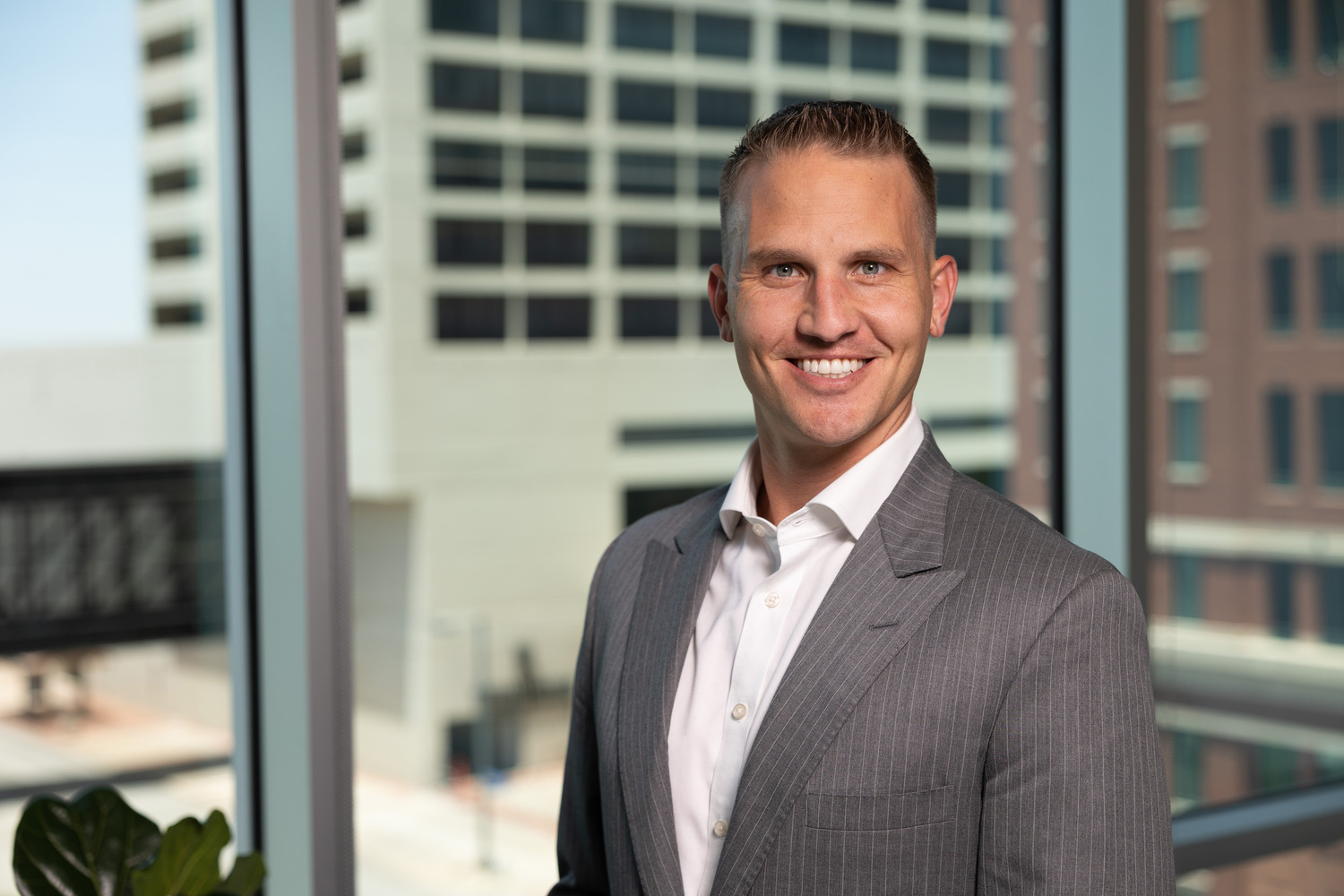

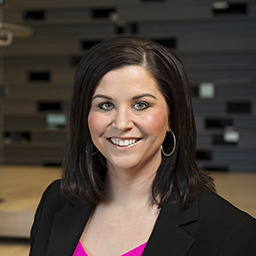
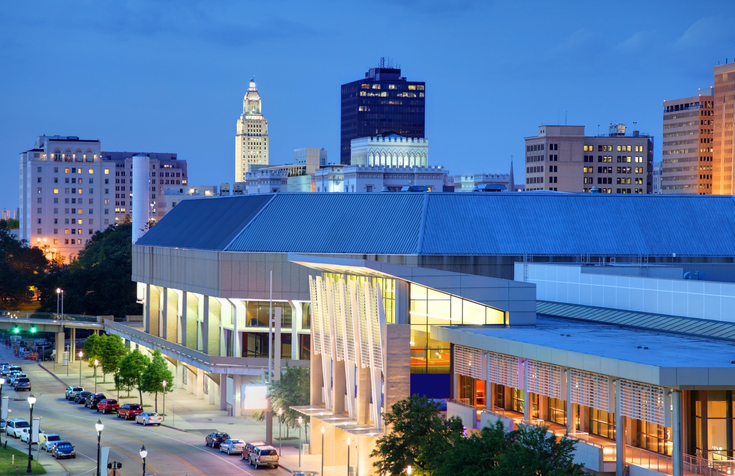











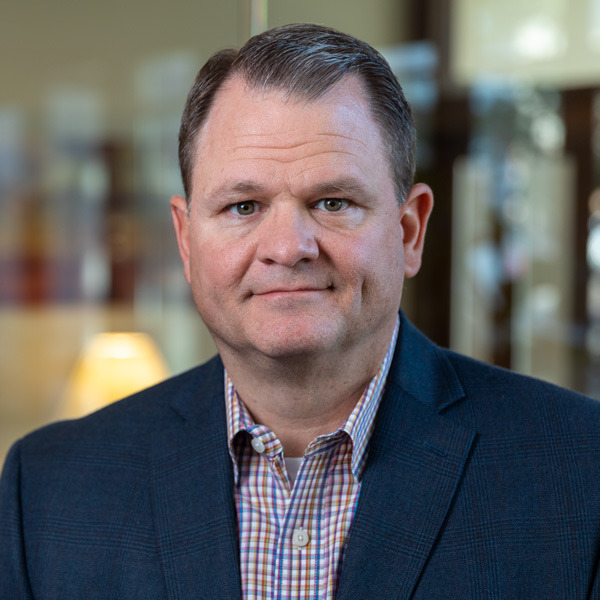


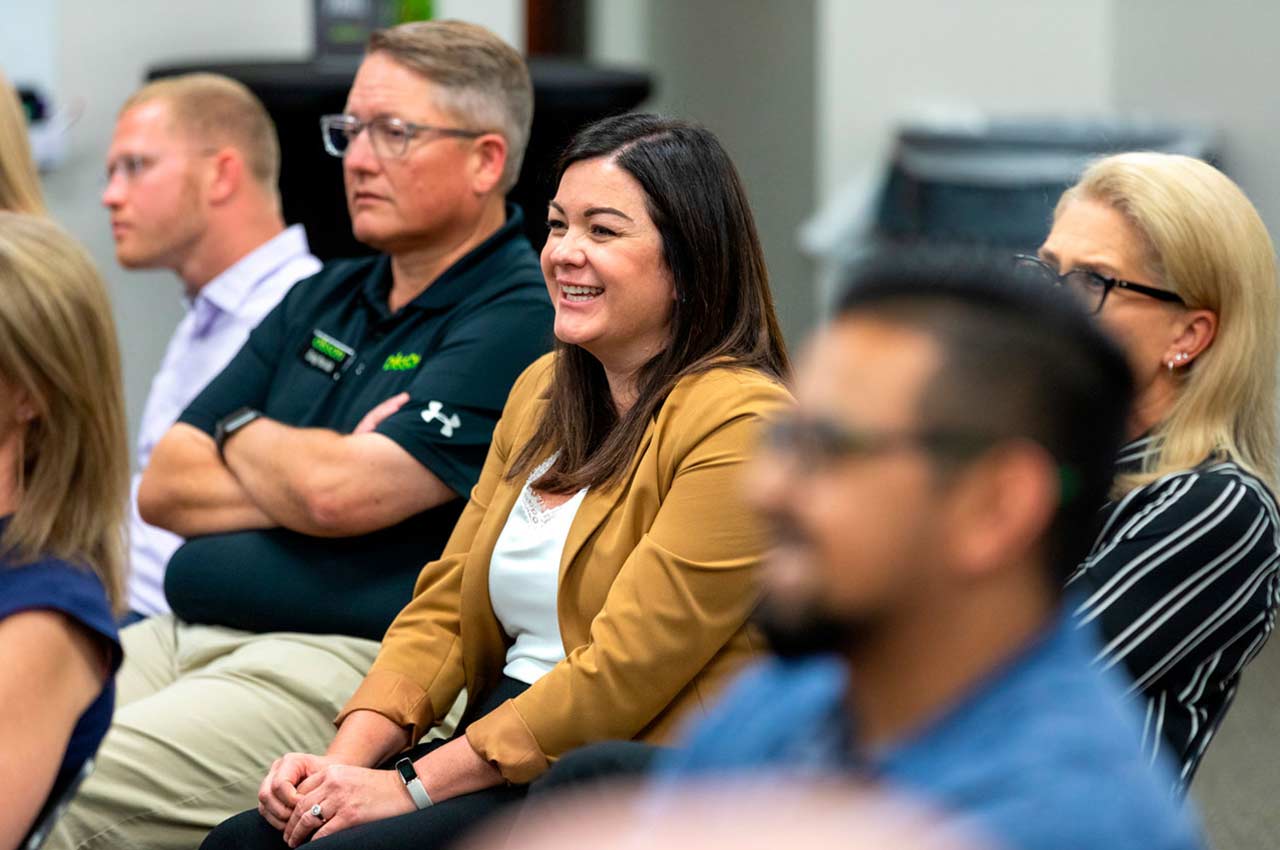

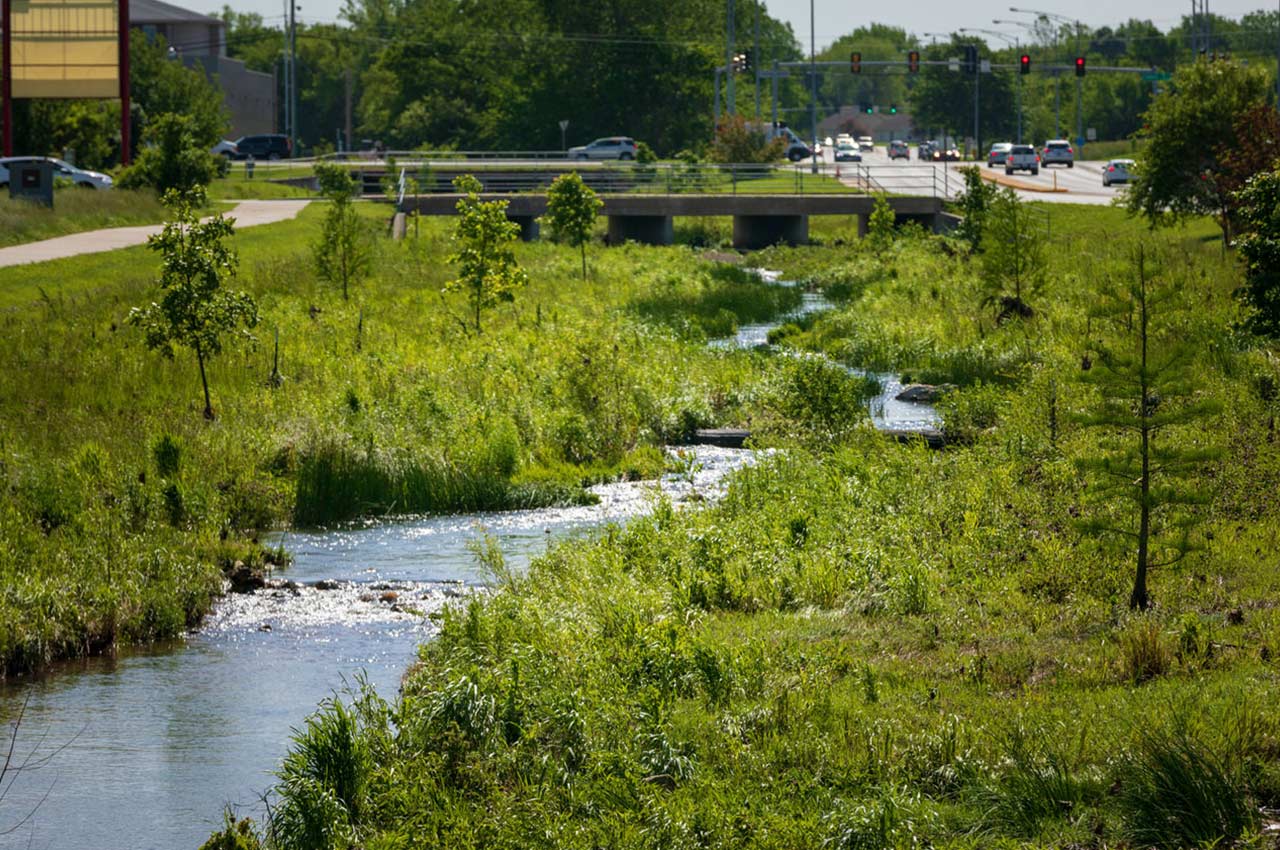





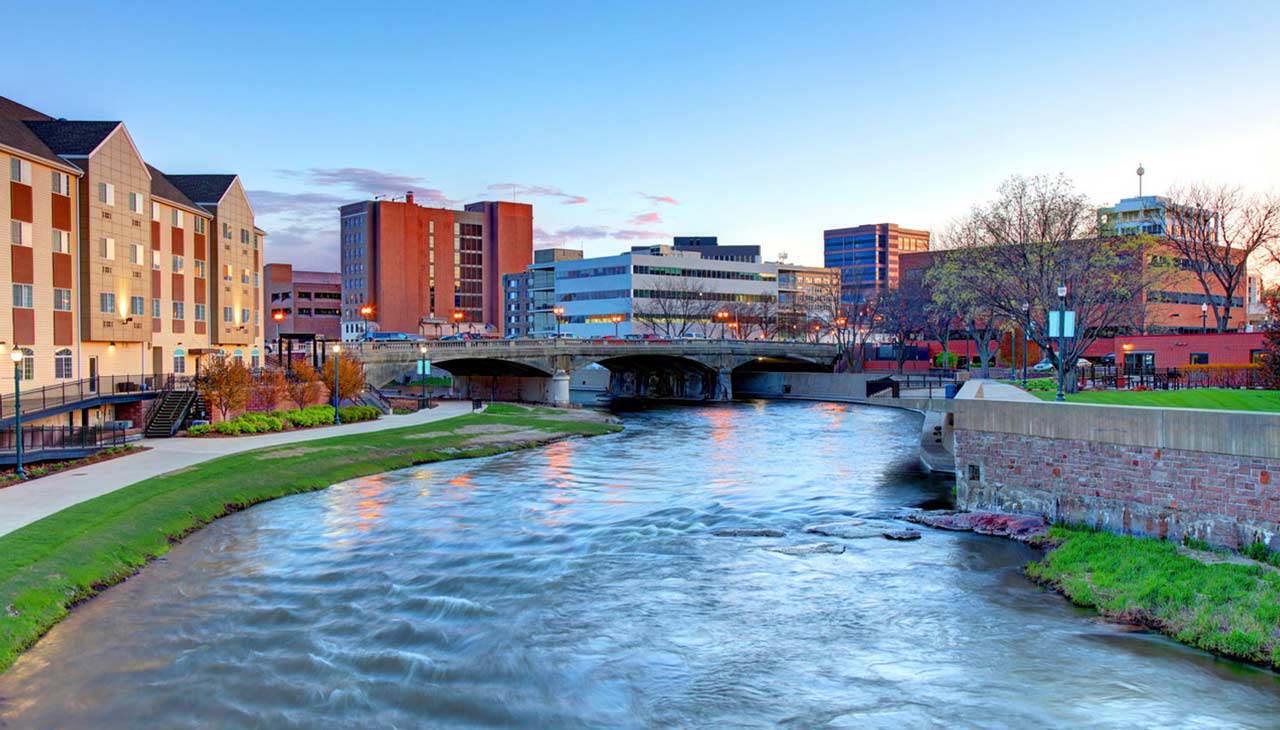
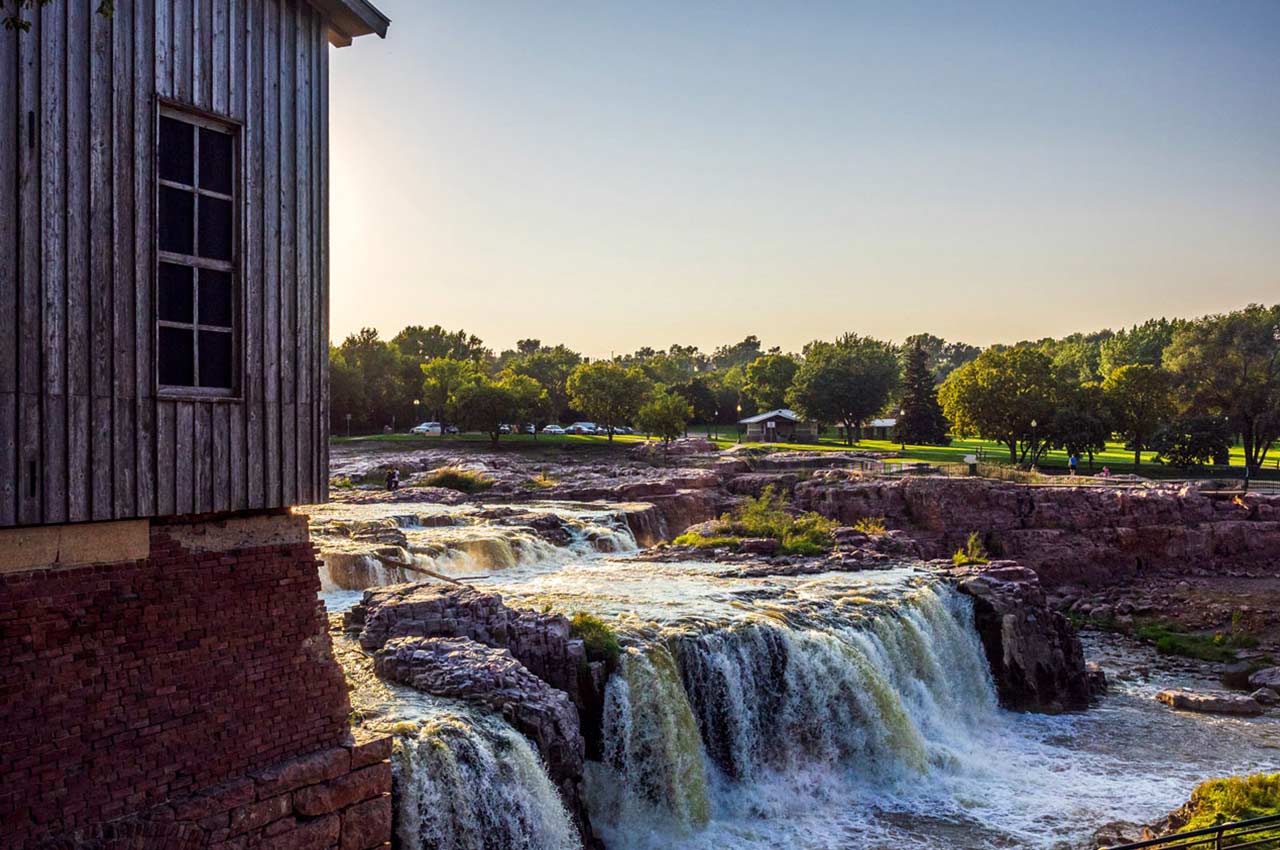


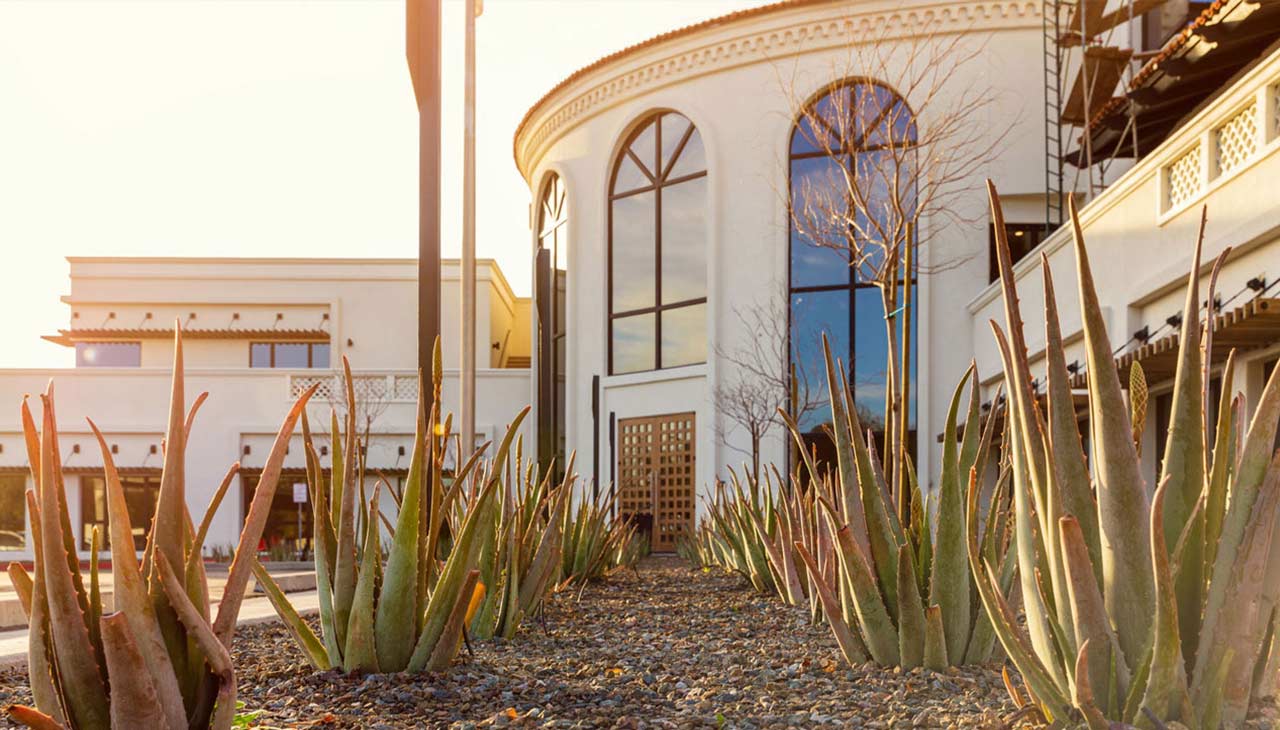




.jpg)








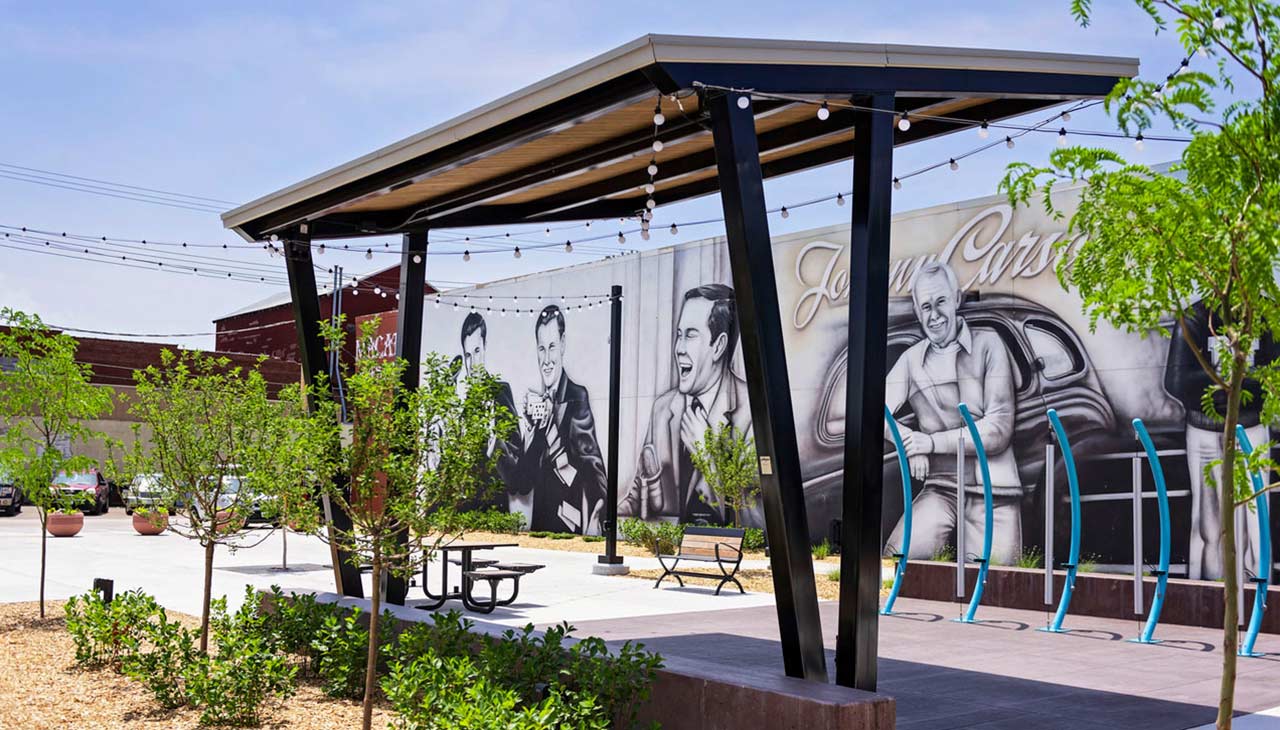
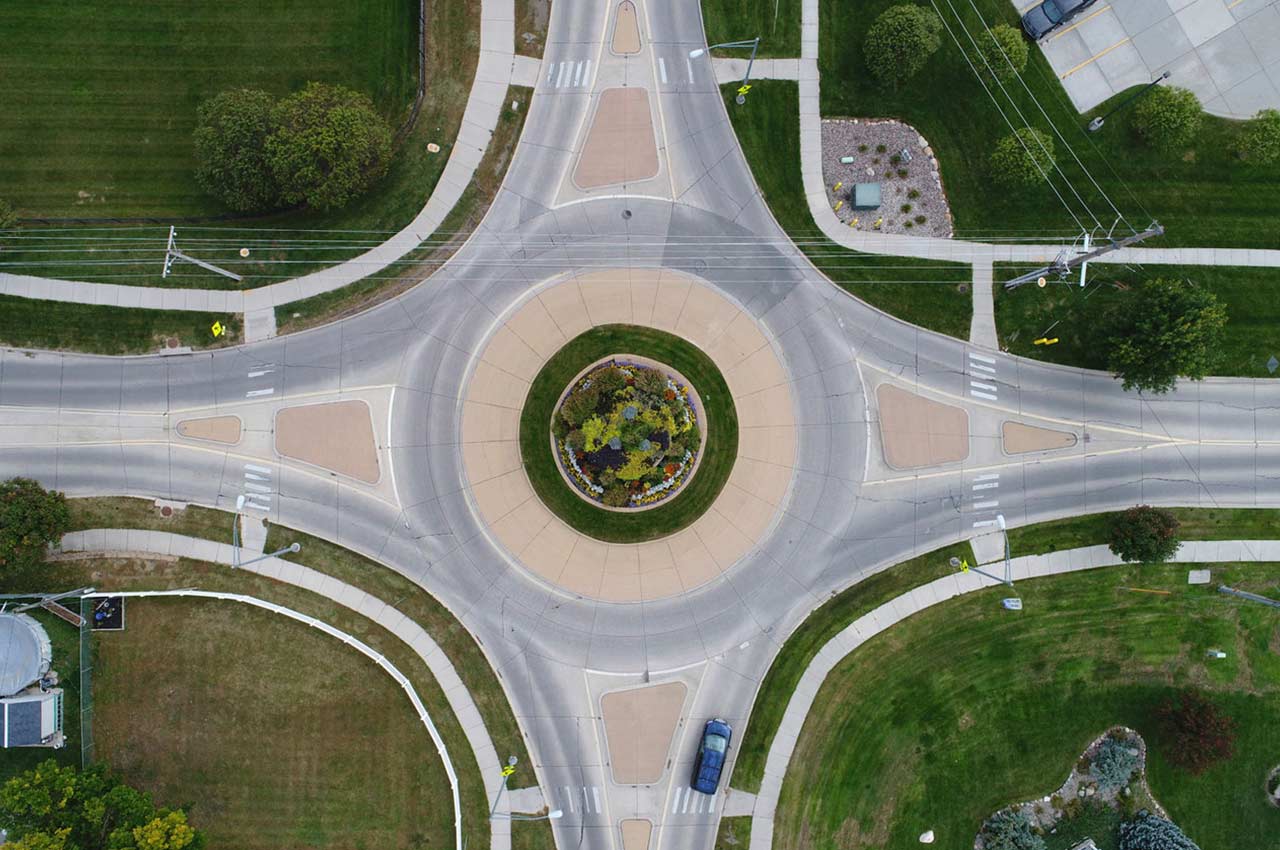
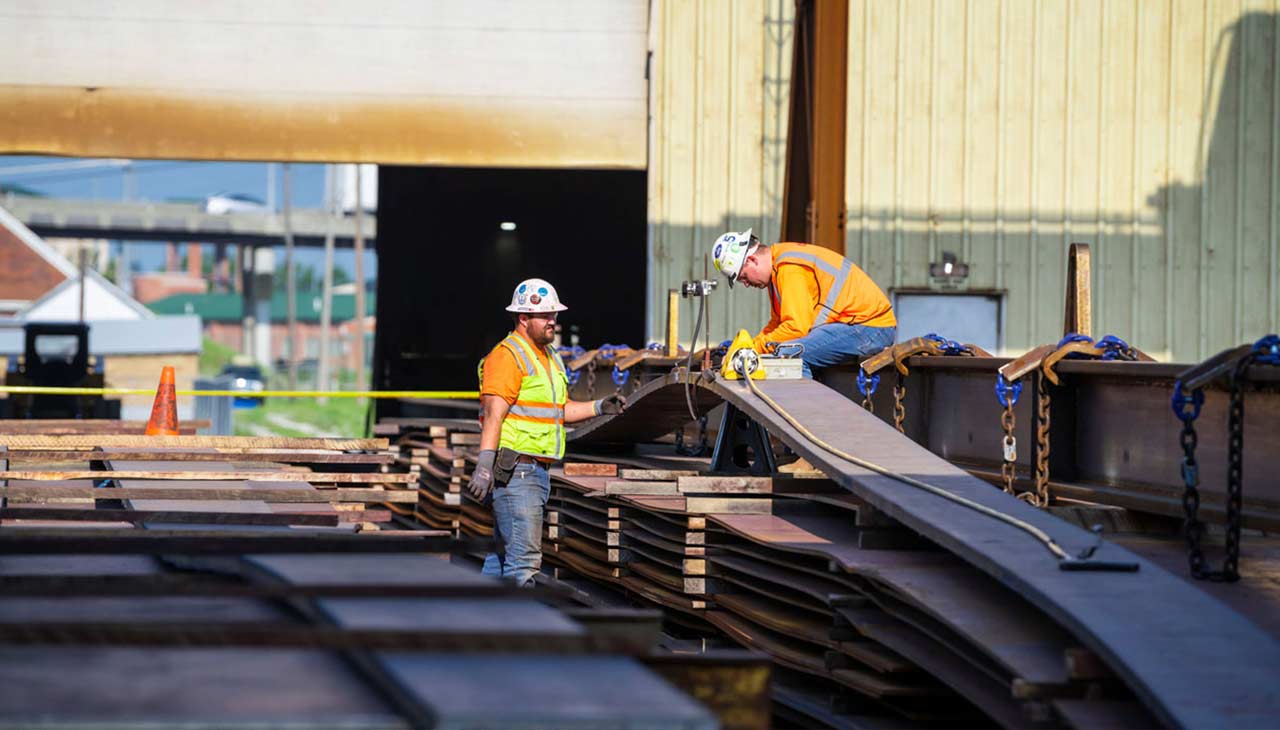
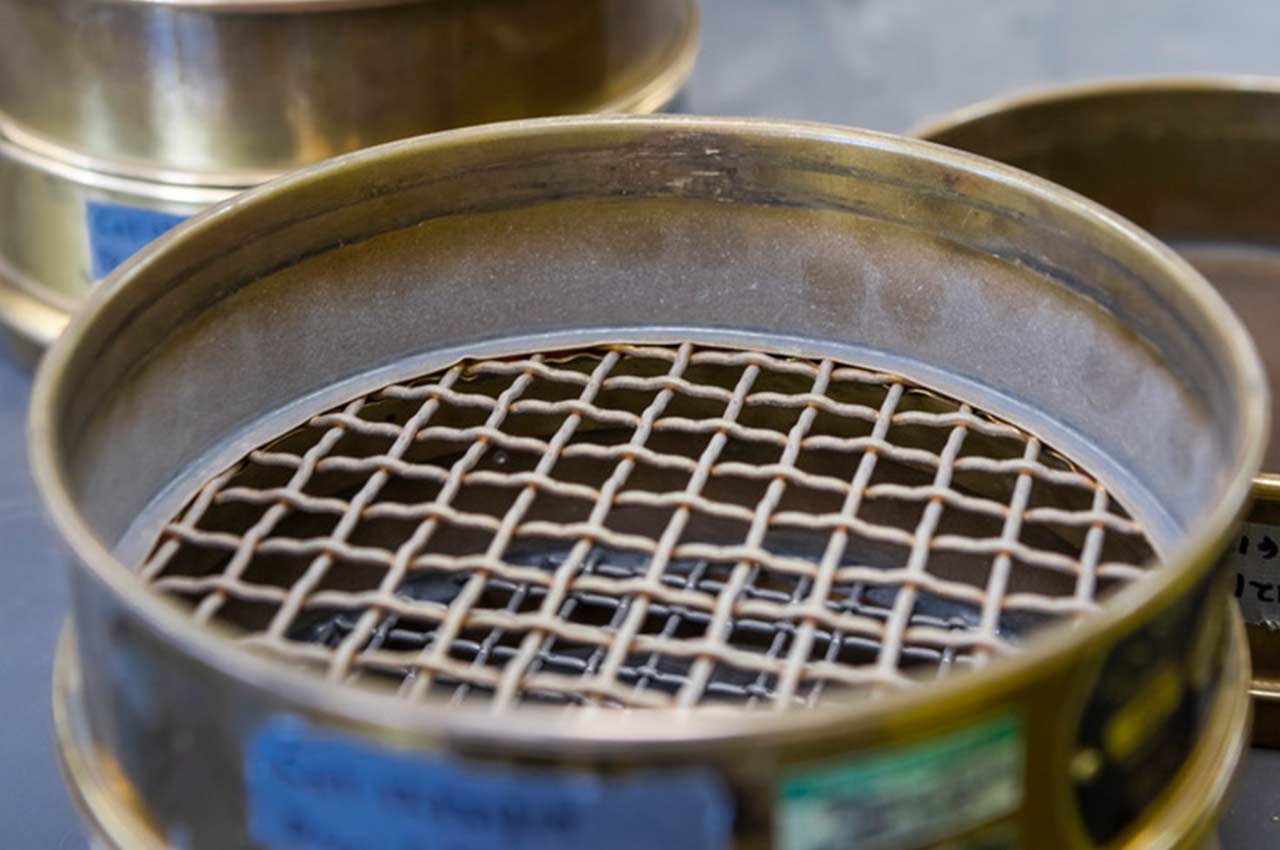



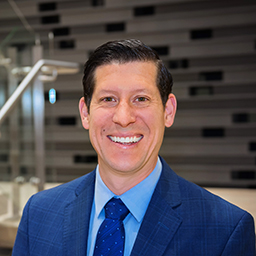



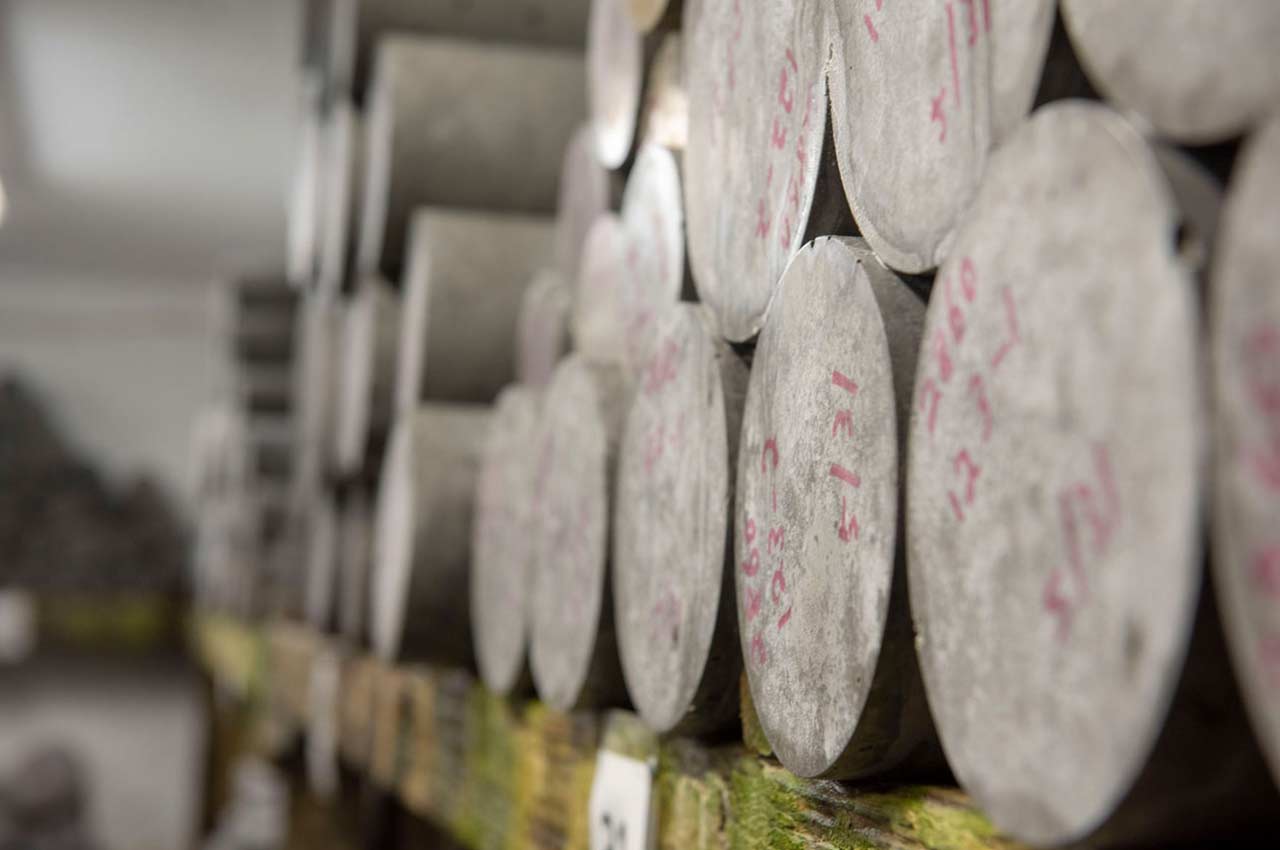

.jpg)


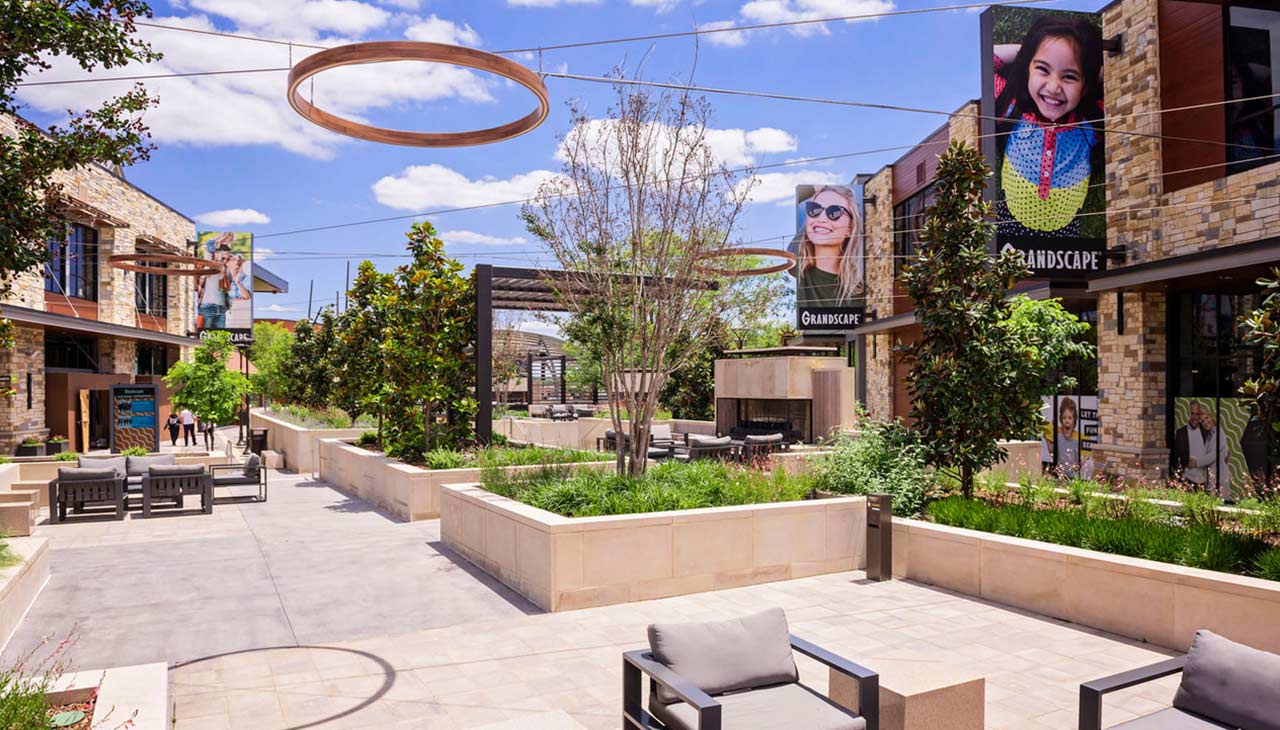





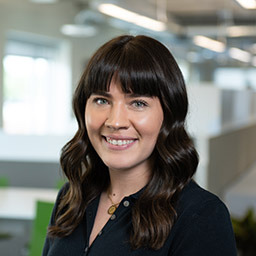




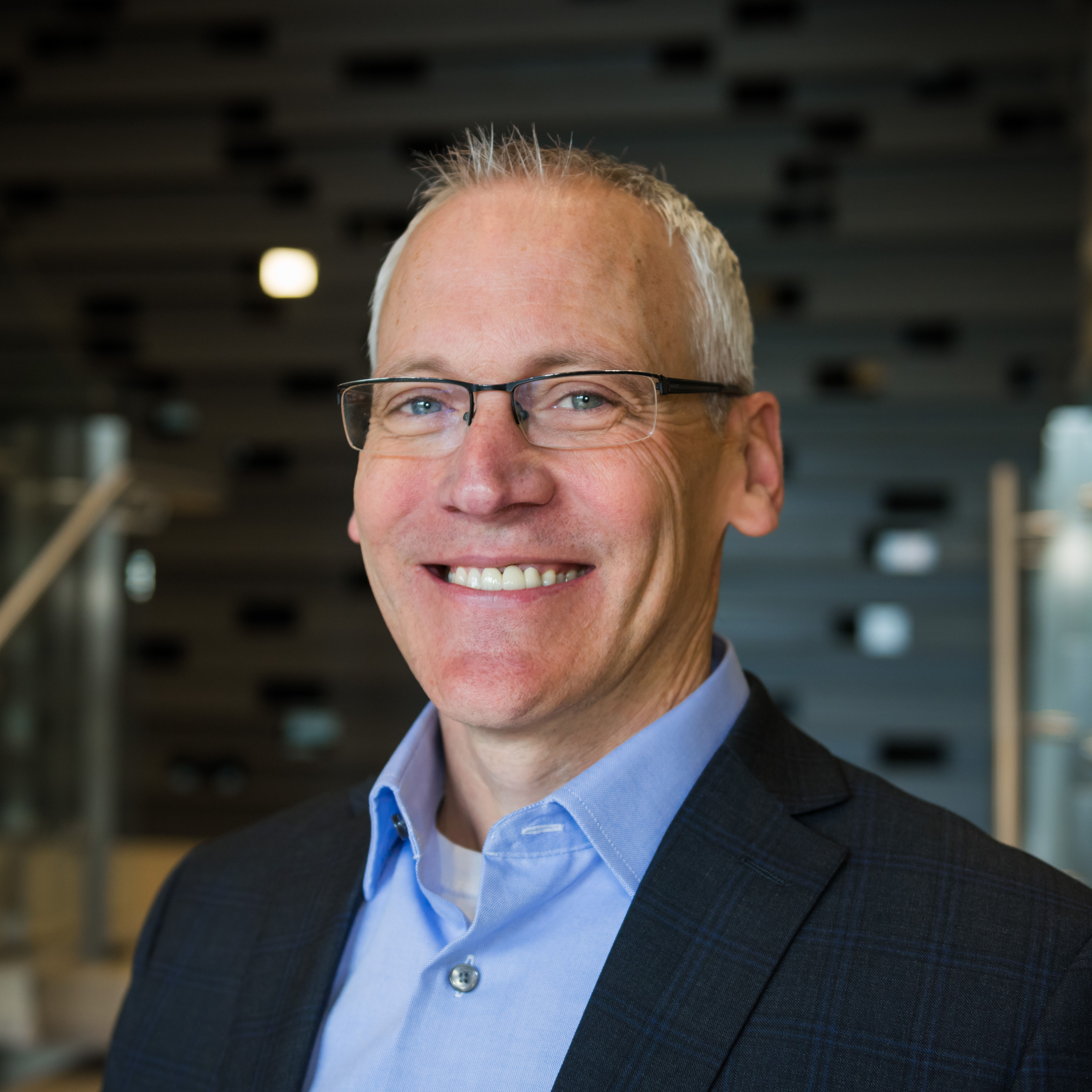

.jpg)







